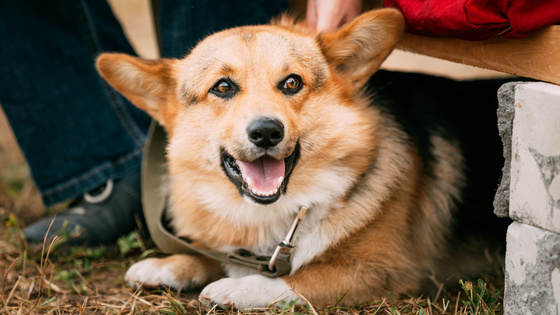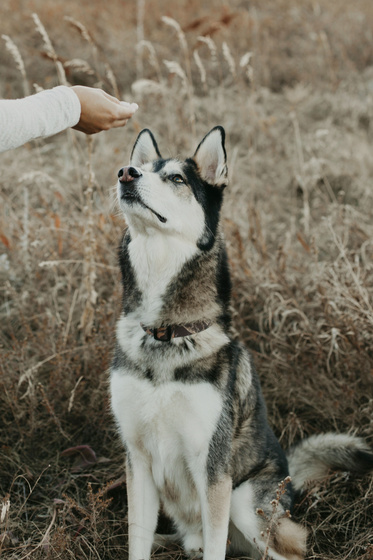What's the best scientifically proven way to give your dog precise commands?

In order for your dog to live safely in human society, it is important to deepen the trust between you and your dog and to make sure that it follows your instructions. A research team from the University of Veterinary Medicine in Vienna has published the results of a study on how to get your dog to follow your instructions.
Using mobile eye tracking to study dogs' understanding of human referential communication | Proceedings of the Royal Society B: Biological Sciences
https://royalsocietypublishing.org/doi/10.1098/rspb.2024.2765
A research team led by veterinarian Christoph Felter of the University of Veterinary Medicine in Vienna fitted 20 dogs with headgear equipped with eye-tracking devices to detect where the dogs were looking in different situations. The dogs involved were of various breeds and had an average age of 56 months.
During the experiment, the research team hid food in one of the two bowls and gave the dog a hint as to where the food was hidden using one of five different operations: 'pointing only,' 'pointing + gaze,' 'gaze only,' 'pretending to throw food,' or 'doing nothing.' The experiment consisted of six trials for each condition for each dog, for a total of 30 trials over two days, and eye tracking was used to record the dog's gaze movements, gaze time, and gaze transitions. It was also recorded whether the dog selected the correct bowl.

The dogs were 64% correct when they were given the pointing gesture, 72% correct when they were given the pointing gesture and 72% correct when they were given the gaze gesture. On the other hand, they were 57% correct when they were given the gaze gesture, and 50% correct when they pretended to throw food. These results were not much different from when the dogs were given a random choice between two bowls.
They also found that when the hand movements were included in the 'pointing only,' 'pointing + looking,' and 'pretending to throw food,' participants' gazes moved in the direction indicated by the movements. However, the shift to the correct bowl was more pronounced in the 'pointing only' and 'pointing + looking' patterns.
Furthermore, when the dog was given the 'pointing + looking' command, the dog looked at the correct bowl for longer than when given the other commands. In addition, when the dog was given the 'pointing + looking' command, the dog's gaze frequently shifted from the experimenter's face to the experimenter's hand and then to the correct bowl. This shift pattern was less common in the other conditions, the research team reported.

In conclusion, we found that dogs were able to distinguish between simple directional movements and communication that included specific instructions such as pointing and eye contact. In particular, combining pointing and eye contact can encourage dogs to look away from the person and direct their attention to the object being instructed. In other words, in order to give accurate instructions to dogs, it is important to communicate using pointing and eye contact rather than simply speaking or making movements.
However, Felter said, 'The question remains as to how much the dogs understood what was going on. Was it a command to go somewhere? Or did they understand it in a more communicative way?' He said more research is needed to determine whether the dogs were able to understand the content of the information given to them at a higher level.

Related Posts:







